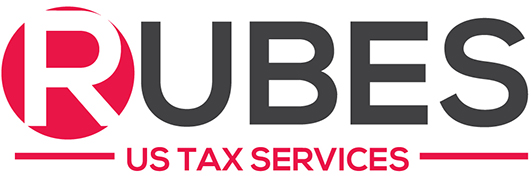What is a FBAR (Foreign Bank Account Report)?
FBAR stands for “Foreign Bank Account Report”, also called a statement of a non-US bank account in which you have an interest, or permission or any other authority. This form must be submitted when the maximum balance for the tax year of all accounts (even if you don’t own the account) exceeds $10,000 (see example). It is important to stress that this concerns the highest balance during the year, so not the start or end position as is usual in some other countries.
This form should not only indicate the private accounts, but also joint accounts and accounts over which one has signing powers (e.g. account of a minor child, parents’ account, account of an employer if one is authorised to make a payment, of a sports association if one happens to be the Treasurer, retirement accounts, investment accounts, and such).
Example when a FBAR must be filed:
You receive €6,000 on your checking account in a year and transfer this to your savings account. You are now required to file a FBAR. The highest balance of your checking account and your savings account combined are higher than $10,000.
Until the 2016 tax year, this form must be submitted before 1 July, without any possibility of postponement. Starting from the 2016 fiscal year, the FBAR follows the postponement facilities of a regular US tax return, so one can obtain a postponement.
In addition, the FBAR can and must be submitted electronically via the Treasury Department’s website or through professional tax return software.
More information on FBAR
For more information on FBAR, please visit the following IRS website: https://www.irs.gov/businesses/small-businesses-self-employed/report-of-foreign-bank-and-financial-accounts-fbar, but you can also contact one of our specialists.




